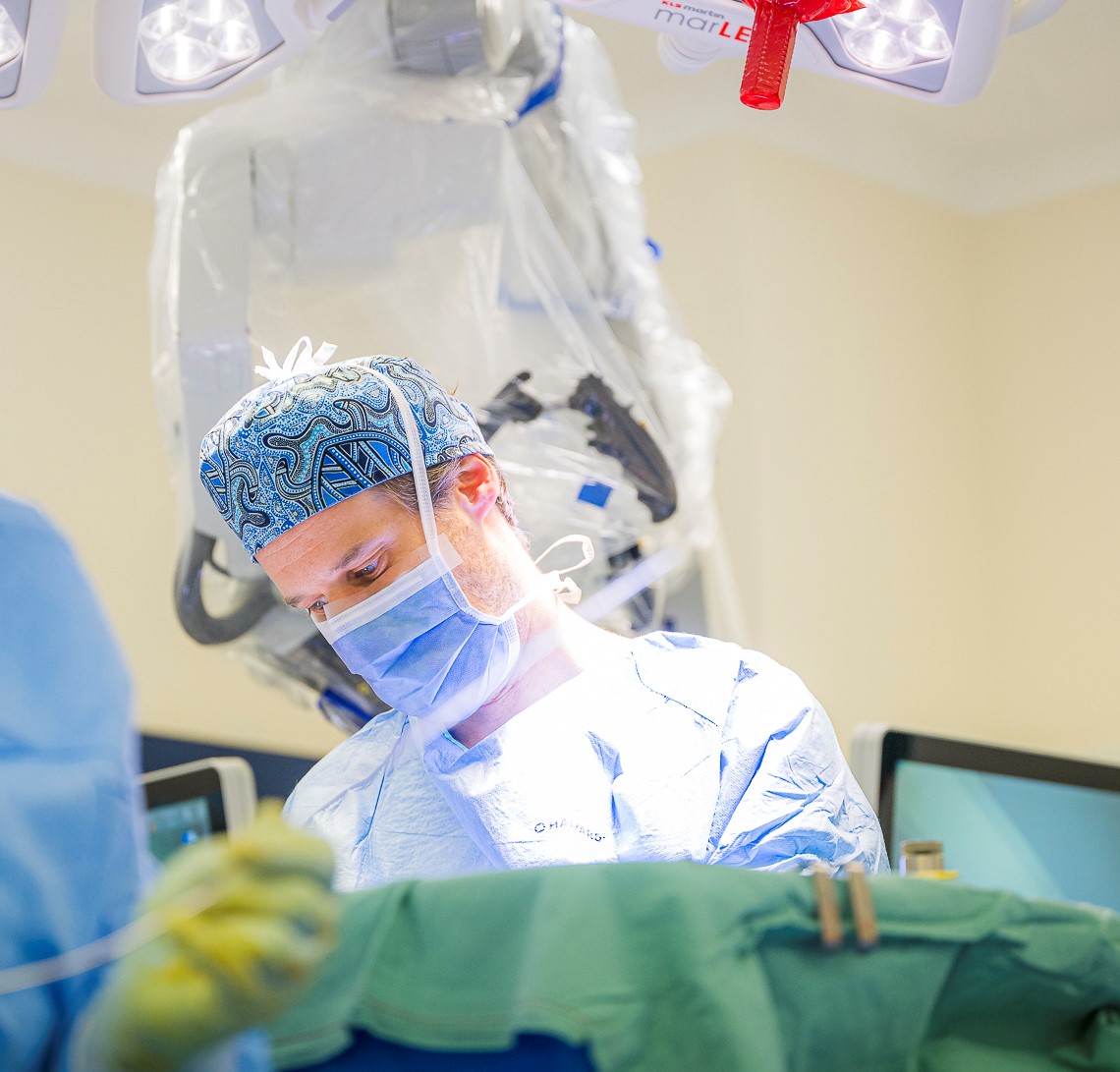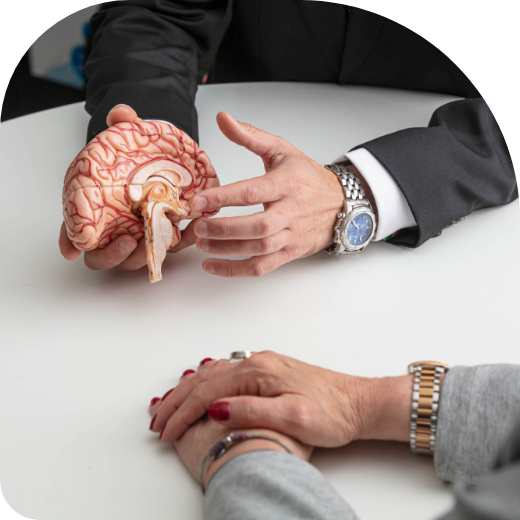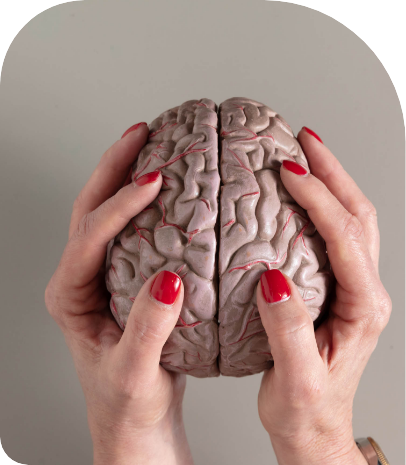Spina Bifida occulta and aperta/ Dysraphism

Dysraphism is an umbrella term for many different types of congenital spine and spinal cord malformations that occur during foetal development. These are also known as Neural Tube Defects or Spina Bifida.
Dysraphism may not only affect the spine and/or the spinal cord, but also the skin, and surrounding structures.
The condition exists on a spectrum and can vary widely in severity.

Types and Classification
Different classification systems distinguish for example between a closed form called spina bifida occulta with intact skin and on the other hand an open form called spina bifida aperta (e.g. myelomeningocele) where the spinal cord is exposed and no skin is covering the defect.
Other classifications differentiate between the defective embryological process of neurulation (closure and formation of neural tube) and timing of impact: primary neurulation vs. secondary neurulation vs. junctional neurulation.
Also, molecular and/or genetic defects may be differentiated, as well as location.
Examples of Dysraphism
- Limited Dorsal Myeloschisis
- Spinal Cord Lipomas
- Fatty Filum terminale
- Split Cord Malformations
- Terminal Myelocystocoele
- Retained Medullary Cord
- Junctional Neural Tube Defect

Potential symptoms
- Neurological deficits: Weakness, clonus, increased muscle tone, sensory loss, hypersensitivity, dysaesthesia, and bladder or bowel dysfunction with incontinence.
- Tethered cord syndrome: A condition where the spinal cord is abnormally attached to surrounding tissue, preventing it from moving freely and leading to neurological damage over time.
- Orthopaedics: Deformities of the feet or legs, scoliosis.
- Urology: Neurogenic Bladder Dysfunction, Kidney failure
Diagnosis
Depending on the type and severity, dysraphism may be diagnosed before birth via prenatal ultrasound or after birth. Hidden or “occult” forms may only be discovered later in life when symptoms have already developed. MRI is the preferred imaging method for detailed diagnosis.
Treatment
Treatment aims to prevent further neurological deterioration and is often preventive in nature. It may involve surgery to resect an underlying tethering lesion or just release the tethered spinal cord from adhesions. It may also involve closing an open defect.
Treatment frequently involves a multidisciplinary team with different specialties discussing and guiding treatment decisions. Other specialties involved are often Paediatric Neurology, Orthopaedics, Urology, General Paediatricians, Rehabilitation physicians, and Allied Health Specialists including Physiotherapists and Occupational Therapists.
Please contact us if you require any further information or for booking a consultation with A/Prof Eibach via admin@mqneurosurgery.com or 02 9812 3900
